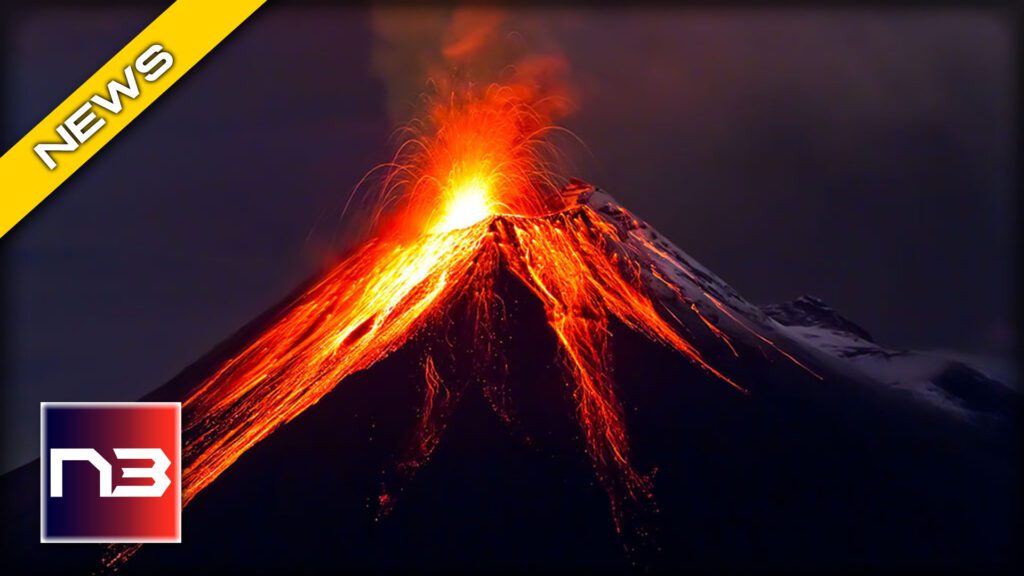The news of Tanaga Volcano coming back to life after a hundred years of dormancy is yet another scary reminder for the people of Alaska that nature never takes a day off.
With the recent string of natural disasters around the world, some have jokingly dubbed this development as a spot on a 2023 bingo card, but this latest development has put a damper on things.
Fox News reports, following a series of earthquakes, the Alaska Volcano Observatory raised the alert level for Tanaga Volcano to advisory.
Earthquake activity beneath Tanaga Volcano began to increase slowly starting at about 1:30 p.m. AKST today. At roughly 8:45 p.m. AKST this evening, the activity escalated with earthquakes occurring as often as two or three each minute.
There were a number of larger quakes, ranging in magnitude from 2.0 to 3.0, which originated beneath the summit of the volcano at shallow depths.
A research geophysicist John Power stated “That indicates that we’re seeing significant unrest at the volcano, Whether or not this will lead to an eruption is something we can’t say at this point in time, But we are concerned about it enough that we have gone and elevated the warning level.””
This news comes as the doomsday glacier is melting at a rapid pace.
CNN reports, new research suggests that Antarctica’s “Doomsday Glacier” is melting rapidly in unexpected ways, because its collapse could lead to catastrophic sea level rise.
In West Antarctica, there is a glacier roughly the size of Florida named Thwaites Glacier. It is held in place by an ice shelf that juts out into the ocean. In addition to preventing sea level rise, the shelf acts as a cork, holding glaciers back on land.
But the crucial ice shelf is highly vulnerable as the ocean warms.
Two studies published in the journal Nature on Wednesday revealed that deep cracks and “staircase” formations in the ice are melting much faster than previously thought.
Every year, it sheds billions of tons of ice into the ocean, contributing about 4% to sea level rise. A large slice of the glacier is exposed to relatively warm ocean water at the point where it meets the seafloor, which has receded nearly nine miles since the late 1990s.
If the Thwaites collapses, sea levels could rise more than two feet, which would devastate coastal communities around the world. It also acts as a natural dam to the surrounding ice in West Antarctica, and scientists estimate that if it collapses, global sea level could rise by around 10 feet.
After months of quaking in Alaska, the situation at Tanaga Volcano has finally reached a point of concern, prompting the Alaska Volcano Observatory to raise it to advisory alert level. The geophysicists have confirmed that there is significant unrest beneath the summit, and we are left wondering if this could be another disaster for us to tackle. Mother Nature has definitely been dishing out her share lately with the scary Antarctic “Doomsday Glacier” melting rapidly in unexpected ways and possibly leading to catastrophic sea level rise, can we really handle any more natural disasters? It seems that the number of man made, and natural disasters just keep increasing, and hopefully, soon, we can catch a break.
Let’s continue this conversation, in the comments below.



